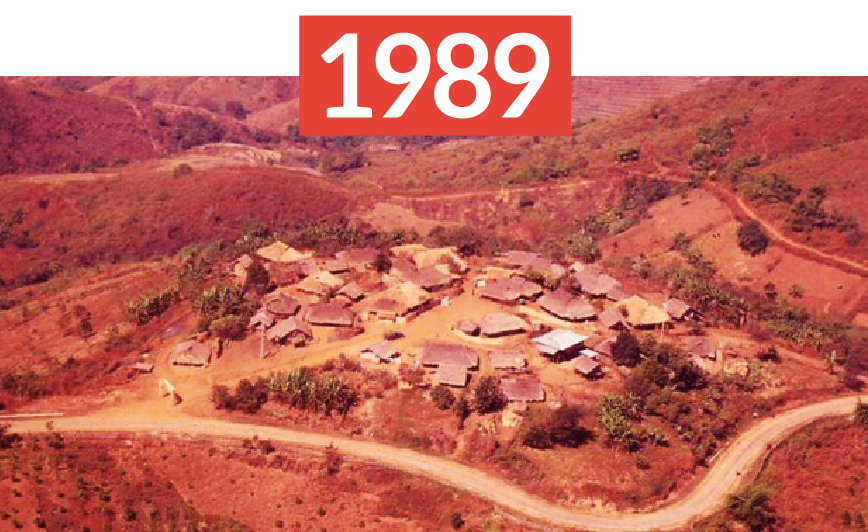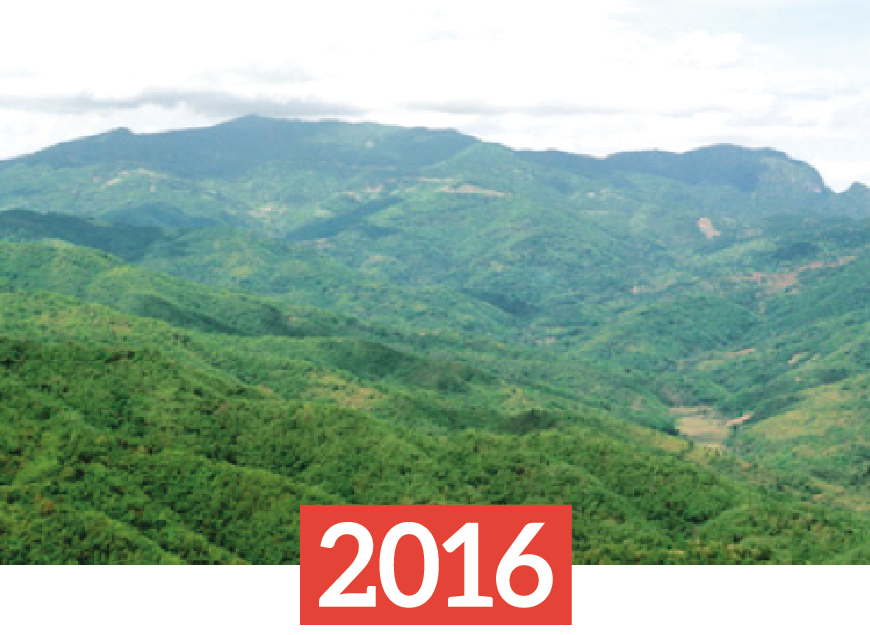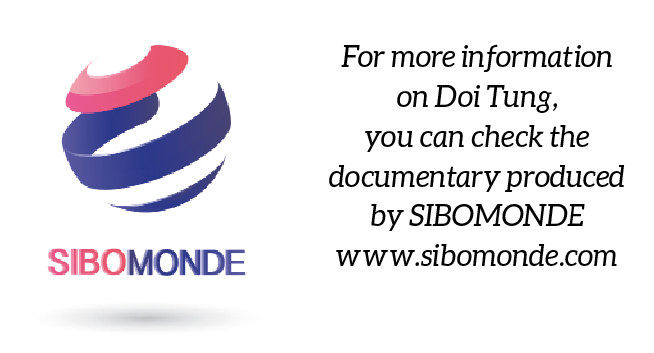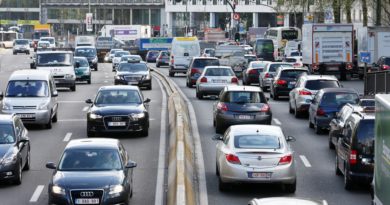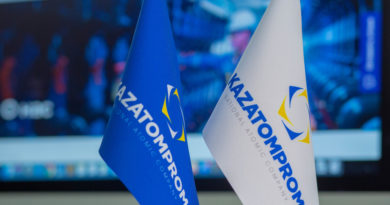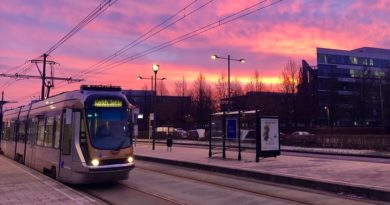Making development sustainable in Thailand
In April, the UN General Assembly examined progress made in Alternative Development (AD) projects (“alternatives” to the cultivation of narcotic plants like opium). At last, there is recognition that narcotics are not the core “supply-side” issue – rather they are a symptom of the real root cause – poverty.
So the challenge is to make AD projects truly effective over the long term and increasingly the development community is using the word “Sustainable”, demonstrating an expectation for more tangible results from such projects. One of the countries at the forefront of this effort has been Thailand.
For over 15 years I have had the opportunity to observe a well-respected Thai royal foundation (MFLF), founded by the Thai King’s late mother “Mae Fah Luang.” MFLF has been in the forefront over a period of 40+years to ensure that development is indeed sustainable – creating a set of vibrant “social enterprises” that generate profits that – in turn – are used for even more community development.
For me, the very word “development” suggests a dynamic journey from an unacceptable situation (poverty, absence of adequate health-care and education…) to one where debts are repaid, family incomes becomes sufficient and where savings are generated for hard times (crop failure, floods…). The Thai King calls this the “sufficiency economy” – a careful balance between “enough” and wasteful excess. Another word would be “sustainable”. Such a balanced development process only works however if it is underpinned by adequate health care, education and investment in infrastructure – integrated, holistic development.
The Thais have understood this; working in communities in the “Golden Triangle,” they have successfully replaced opium with alternative products. Initiatives like the Doi Tung Development Project have reforested the watershed area and planted easy-to-grow products like bananas and bamboo that you can use, eat and sell – a “sustenance forest”. Additionally, economic forests were created (coffee, macadamia nuts…) where products are professionally farmed. Elsewhere, vegetable gardens provide even more products for consumption and sale. More products…but more regenerated forest!
But what’s new in that – what did the Thais do differently? Three points resume the approach. (1) Time required (2) Community acceptance (3) A focus on value-added opportunities as the development journey unfolds.
1. Development takes time – quick shot 2 year programmes can improve things temporarily but are not enough to build sustainable change. Value-chains and behavior change are not created in 2 years; education alone takes 12, providing the skills needed to undertake higher value-added activities.
2. Community buy-in is the vital process that is so different from frequently-seen “imposed solutions” that come from well-intentioned (usually foreign) agencies. The Thai approach builds programmes with the community – empowering them to become part of the solution. In Doi Tung, the various development steps were developed with the community in meetings organised by the Foundation. There, issues were highlighted, socio/economic data collected (providing a base line to measure progress) and “local wisdom” identified – knowledge that the community brings to the project.
3. Value-Added opportunities (and the profit motive). There persists a deep-seated suspicion (at worst) or a lack of hands-on knowledge and experience (at best) of basic business-skills by much of the development community – and a subsequent unwillingness to do what it takes to generate value. This invariably translates into an unsustainable development process. No profit leads to aid-dependency, and no motivation to create surpluses to fund other community development projects. Value-generation motivates people to help themselves – hastening the day where the community becomes financially independent.
Coffee in Doi Tung is an excellent example. First, the community learnt how to grow a better crop – like thousands of similar coffee projects in the world. But most remain at the bottom of the pyramid, selling coffee at farm-gate prices dictated by commodity markets over which they have no control. Typically the green bean price is around USD 3/kg.
Having mastered growing and harvesting, Doi Tung set up a roasting plant, teaching operators to produce good ground coffee. Selling roasted and blended coffee in bulk (to hotels and airlines for instance) raised revenue to USD 11/kg. They then developed a recognizable consumer brand “Doi Tung” – attractively packaging the product in consumer packs, selling retail at USD 34/kg.
And last, Doi Tung set up a network of 17 coffee shops – because selling coffee in a cup is hugely profitable (with 142 shots/kilo). This produces around USD 115/kg in Thailand, (and about USD 400 in Europe!) – true value generation! Such innovative approaches (there are 4 diversified business groups in Doi Tung) earned the Foundation the coveted Schwab Social Entrepreneur of the Year award in 2009.
This mainstream approach to business, albeit within a social enterprise, has meant NO subsidies from government have been required since 2002. Per capita income has risen over 20 times in 25 years – (from USD 108/PA in 1988 to USD 2170 today) – well above the provincial average. The community has paid off its debts, invested in better housing and transport, and sent its finest to university.
Is the approach transportable? It’s a valid question – Royal projects in Thailand benefit from the reputation of the King and Princess Sirindhorn as “the development Royals.” But the philosophy has been transported across the border to Myanmar (Burma) since 2002 – and even to Afghanistan where ‘local wisdom” pointed to the need for a sheep husbandry and veterinary programme to replace opium and grinding poverty (opium farmers do not get rich). The resultant economic regeneration has contributed in making Balkh an opium-free province (since 2007), generating new income streams from a previously decimated sheep industry (meat, leather, wool, spinning, weaving….carpets!).
Thanks to these experiences, the Foundation has been a key player in the creation of the UN Guiding Principles on Alternative Development. But despite the good work done in some parts of the world, the development challenge remains huge; money needs to be used where the chances of consistent and enduring results are high. This “community-centric” way of looking at development, building sustainable value-chains based on real life examples in Thailand – validated in Afghanistan, Myanmar and Indonesia – provides us strong indicators that poor communities can develop the inner strengths to re-join the wider world – a fine definition of sustainability!

